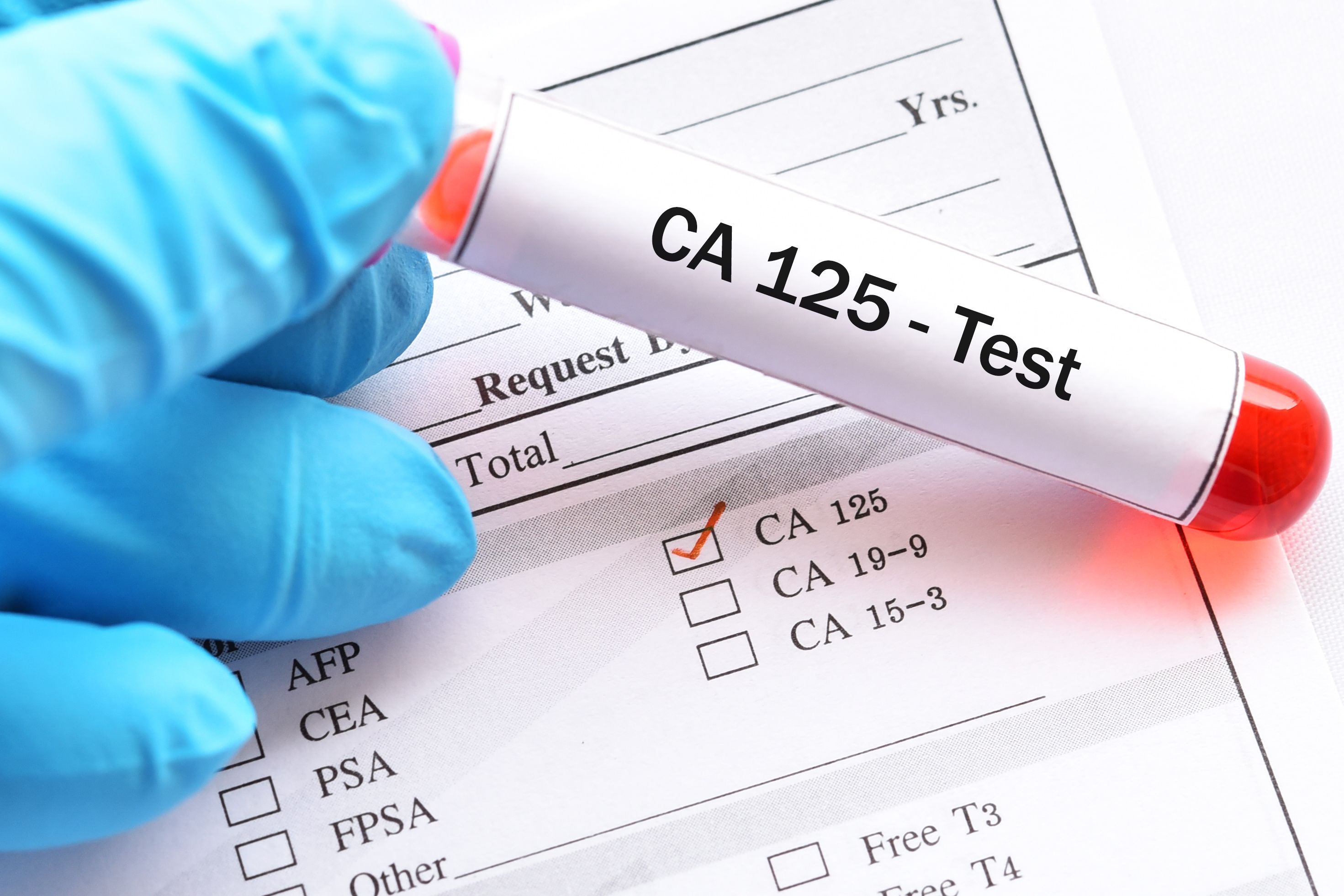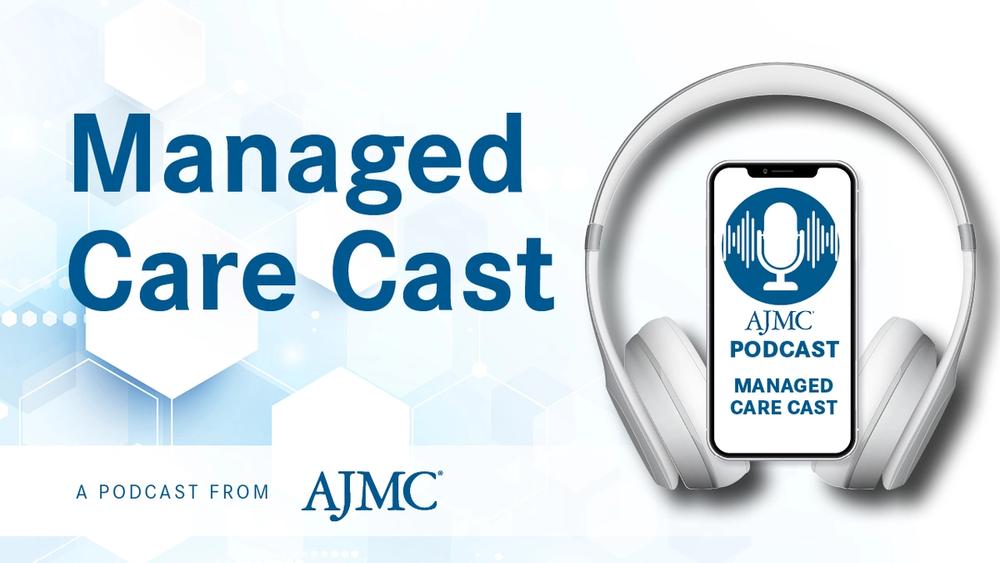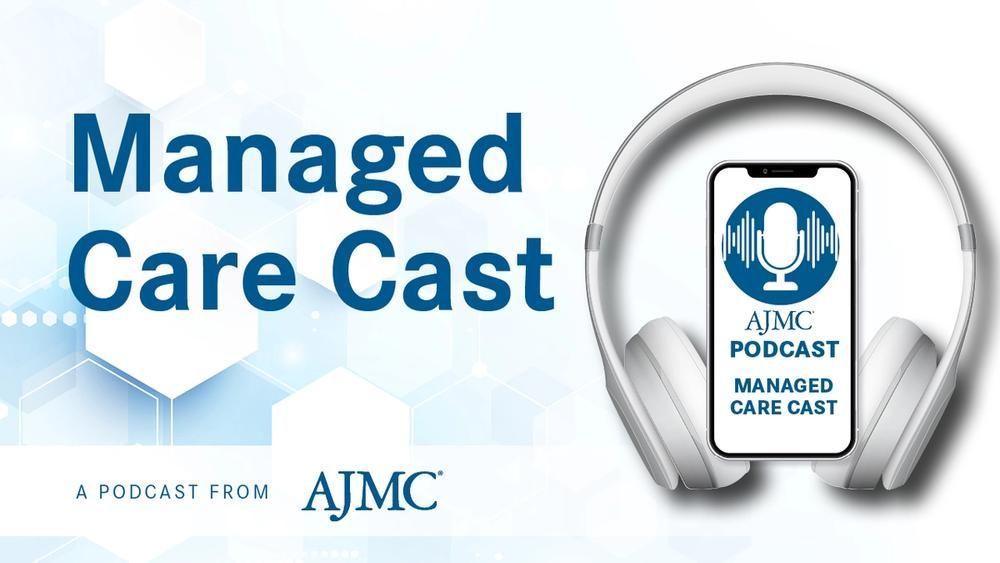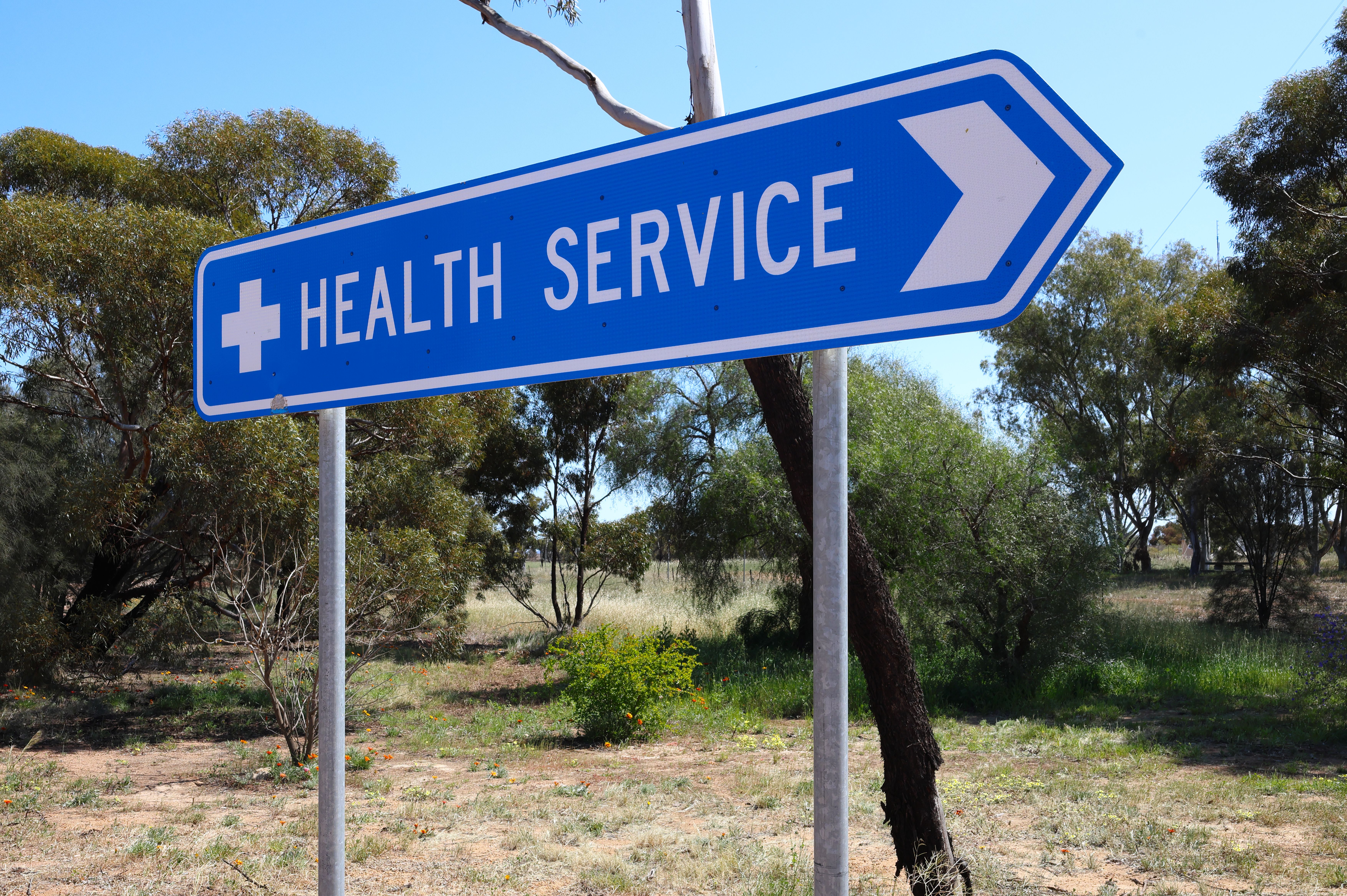News
Article
Polypill Treatment: A Clinically Effective and Cost-Saving Strategy for CVD Management
Author(s):
Key Takeaways
- Polypill treatment is cost-effective for CVD prevention, especially in low-income populations, addressing health inequities and improving access to care.
- The study projected significant prevention of CVD events and cost savings in acute and chronic care over a decade.
A polypill for preventing cardiovascular disease has the potential to address health inequities and expand health care access for low-income populations.
Polypill treatment for preventing cardiovascular disease (CVD) could be a valuable, cost-effective intervention for low-income populations, according to a recent economic analysis published in JAMA Cardiology.1 This study expanded on the Southern Community Cohort Study (SCCS) Polypill Trial, which concluded that polypill can adequately mitigate CVD risk factors in underserved populations.
A polypill is a single pill that contains a combination of medications, and this present study underscores the potential for the polypill to address health inequities and expand health care access.
“Numerous clinical trials have demonstrated that the use of the polypill is a widely applicable strategy to improve accessibility and adherence to treatment for cardiovascular disease, thus decreasing the risk of recurrent disease and death,” Valentin Fuster, MD, PhD, president of Mount Sinai Heart, Physician-in-Chief, Mount Sinai Hospital, said in a statement. “It is now our responsibility to ensure these treatments are widely available and used by the medical community.” Although not yet approved by the FDA, polypill was accepted to the World Health Organization (WHO) Model List of Essential Medicines (EML) in 2023.2
Balancing value with cost concept | image credit: patpitchaya - stock.adobe.com

The present authors begin by stressing how the prevalence of CVD disproportionately affects lower-income and Non-Hispanic Black populations throughout the US. Polypills, which combine fixed doses of low-density lipoprotein cholesterol– and blood pressure–lowering drugs, have proven to help manage CVD; however, their cost-effectiveness has not been sufficiently examined.1
Researchers conducted their own version of a discrete event simulation based off the CVD Policy Model (CVDPM) to model the SCCS Polypill Trial’s economic and clinical outcomes. A 10-year period was projected with polypill with a base-cost of $463 annually. Model input data were collected from the SCCS Polypill Trial, Medical Expenditure Panel Survey, National Health and Nutrition Examination Survey, as well as a pool of longitudinal cohort studies and other published literature.
Their representative cohort consisted of 100,000 people aged nearly 57 years on average. This group was largely female (n = 61,807). The authors found that polypill treatment prevented approximately 2180 incident CVD events and 2740 total CVD events. These figures estimate that polypill interventions can prevent 1 CVD event per 36 patients and lower visitation rates to primary care by 14,900 (95% uncertainty interval [UI], 13,100-17,000).
Their data projected that serious adverse events would occur for every 1 per 114 patients treated with a polypill intervention. Furthermore, they anticipated 1190 discounted quality adjusted life years (QALY; 95% UI, 287-2159), amounting to an estimated $10,152,000 alongside 847 undiscounted life-years (95% UI, -576 to 2341).
For each QALY, at the base-case price, polypill interventions cost approximately $8560, which was deemed “high value” compared with typical care, and this remained true for each sensitivity analysis performed. While they projected that these therapeutics would increase drug costs by $136,700,000 (95% UI, $136 100 000-$137 500 000), there were also a projected $61,300,000 (95% UI, $49 700 000-$76 800 000) and $84,900,000 (95% UI, $73 500 000-$99 300 000) in savings for both acute and chronic CVD care—a 12% expenditure reduction.
Further analysis included an evaluation of 3.6 million non-Hispanic Black adult patients who met the criteria for trial eligibility. In this population, the polypill intervention was projected to prevent 90,700 CVD events (95% UI, 77 800-104 000) and procure 39,100 QALY (95% UI, 6590-75 800) over a decade.
“Although polypill treatment was highly cost-effective in all household income to poverty ratio subgroups, it yielded more QALYs and lower ICERs among individuals with a household income to poverty ratio of 3.0 or less vs greater than 3.0, suggesting it could cost-effectively reduce income-related health inequalities,” the authors wrote.
References
1. Kohli-Lynch CN, Moran AE, Kazi DS, et al Cost-effectiveness of a polypill for cardiovascular disease prevention in an underserved population. JAMA Cardiol. 2025. doi:10.1001/jamacardio.2024.4812
2. World Heart Federation welcomes landmark decision to include polypill in WHO Model List of Essential Medicines. World Heart Federation. July 28, 2023. Accessed January 14, 2025. https://world-heart-federation.org/news/world-heart-federation-welcomes-landmark-decision-to-include-polypill-in-who-model-list-of-essential-medicines/





